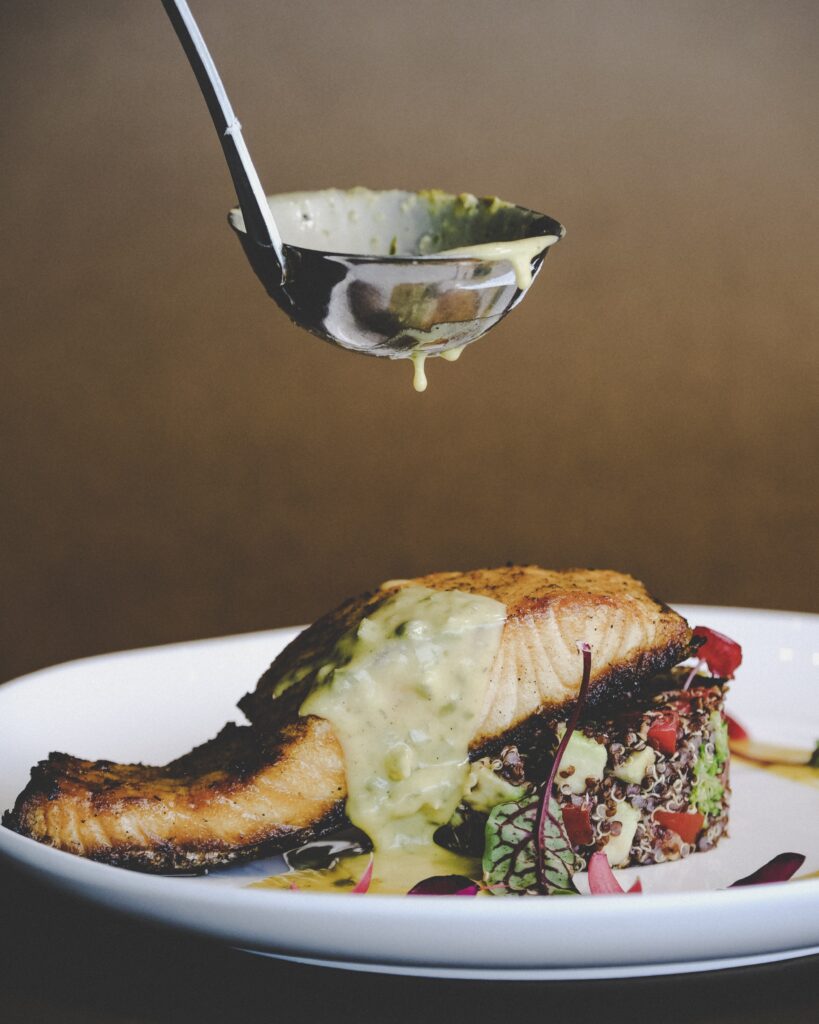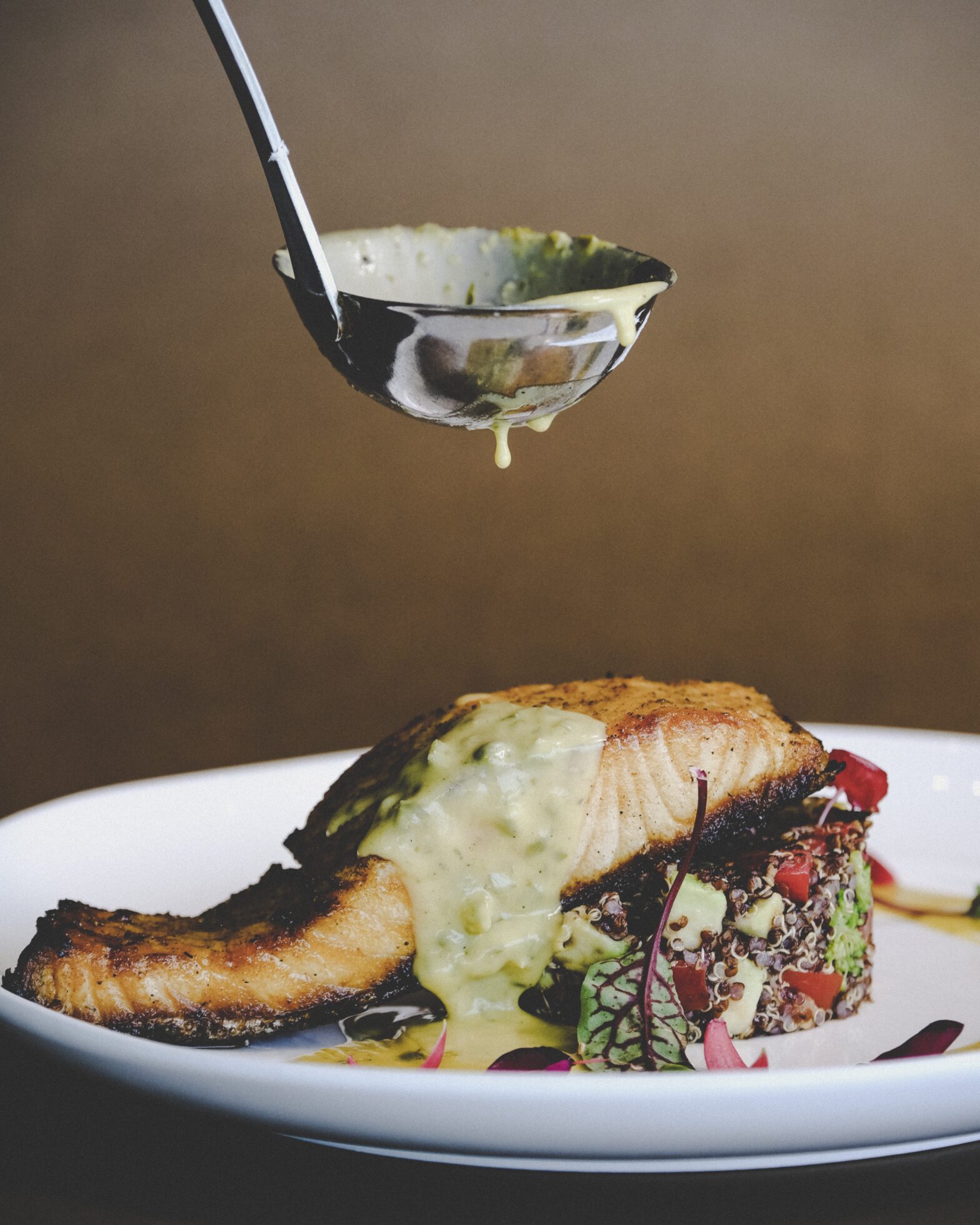“The Miracle of Salt” by Naomi Duguid is an intriguing new cookbook that delves into the world of salt and its remarkable role in cooking. Unlike other books that simply discuss the different types of salt, Duguid focuses on how to harness the power of salt to elevate the flavors of your dishes. With recipes that range from stir-frys with salted black bean sauce to preserved lemons and pickled vegetables, this book offers a tantalizing array of culinary possibilities. Additionally, Duguid provides valuable information on salting and curing meats, adding to the wealth of knowledge found within its pages. Though some critics have noted that the book’s organization could be improved, “The Miracle of Salt” remains a valuable resource for both novice and experienced cooks, offering a wide range of tested recipes and useful insights.

Chapter 1: The Basics of Salt
1.1 The Science of Salt
Salt is a mineral composed of two elements, sodium and chloride, bonded together to form sodium chloride. It is a crystalline substance that is essential for life and has been used for thousands of years as both a seasoning and a preservative. In the culinary world, salt plays a vital role in enhancing flavor, balancing sweetness and acidity, and even influencing the texture of food.
1.2 Different Types of Salt
There are several different types of salt available, each with its own unique characteristics and flavor profiles. Some commonly used types of salt include table salt, sea salt, kosher salt, and Himalayan pink salt. Each type of salt varies in texture, taste, and mineral content. For example, table salt is fine-grained and usually iodized, while sea salt is coarser and can have trace minerals that contribute to its flavor.
1.3 Understanding Salt’s Role in Cooking
Salt is not just a simple seasoning; it is an important ingredient that can transform a dish. When used correctly, salt enhances the natural flavors in food, balances sweetness and acidity, and can even help tenderize meats. It also acts as a flavor enhancer, making other ingredients taste more pronounced. Understanding salt’s role in cooking is crucial for achieving well-balanced and delicious dishes.
1.4 How to Properly Season with Salt
Properly seasoning with salt involves more than simply adding a pinch here and there. It requires a careful balance of flavors and an understanding of how salt interacts with other ingredients. To properly season with salt, it is important to taste as you go, gradually adding salt until the desired flavor is achieved. It is also important to consider the saltiness of other ingredients in the dish, as well as any specific dietary restrictions or preferences.
Chapter 2: Enhancing Flavor with Salt
2.1 Salt as a Flavor Enhancer
Salt is often referred to as the “magic ingredient” in cooking because it has the ability to enhance the natural flavors of food. When used in moderation, salt can bring out the best in ingredients and create a more well-rounded and delicious dish. Its ability to enhance flavors is especially evident in savory dishes, where it can elevate the taste of meats, vegetables, and sauces.
2.2 Balancing Sweet and Savory with Salt
Salt plays a crucial role in achieving a balance between sweet and savory flavors. It can enhance the sweetness of ingredients such as fruits or caramel by adding a touch of saltiness. Similarly, it can cut through the richness of savory dishes and balance out the flavors. The art of balancing sweet and savory with salt requires an understanding of flavor profiles and experimenting with different combinations to create harmonious tastes.
2.3 Salt’s Impact on Texture
In addition to enhancing flavor, salt can also have a significant impact on the texture of food. When used in baking, salt can contribute to the rise and texture of bread and pastries by strengthening gluten bonds. In savory dishes, salt can help tenderize meats and vegetables, resulting in a more pleasing texture. Understanding how salt affects texture is important for achieving the desired mouthfeel in various dishes.
2.4 Pairing Salt with Herbs and Spices
Salt is often used in conjunction with herbs and spices to create a well-balanced flavor profile. When paired with the right herbs and spices, salt can enhance their flavors and create a more complex and enjoyable eating experience. For example, a pinch of salt can emphasize the earthiness of rosemary or the spiciness of chili flakes. Experimenting with different salt and herb/spice combinations can elevate the taste of a wide variety of dishes.

Chapter 3: Salt in Traditional Dishes
3.1 Salt’s Role in Traditional Cuisines
Salt has been a staple ingredient in traditional cuisines around the world for centuries. It has been used as a preservative, allowing people to preserve food for longer periods of time. From salt-cured meats to pickled vegetables, the use of salt in traditional dishes is a testament to its importance in food preservation and flavor enhancement.
3.2 Exploring Salty Delicacies from Around the World
Different cultures have developed unique dishes that showcase the versatility and complexity of salt. From prosciutto in Italy to kimchi in Korea, salty delicacies can be found in every corner of the globe. Exploring these traditional dishes not only expands one’s culinary knowledge but also highlights the cultural significance of salt in different cuisines.
3.3 The Art of Salting in French Cuisine
French cuisine is renowned for its intricate techniques and emphasis on flavor. Salt plays a crucial role in French cooking, from salting meat to extract moisture and enhance tenderness to seasoning sauces and dressings. Understanding the art of salting in French cuisine is essential for mastering classic French recipes and achieving the desired flavors.
3.4 Uncovering Salted Treasures in Asian Dishes
Asian cuisines, such as Chinese and Japanese, have a long history of incorporating salt in their traditional dishes. From soy sauce to fish sauce, salted ingredients contribute to the umami flavors that are characteristic of Asian cuisine. Exploring the use of salt in Asian dishes allows for a deeper understanding of the flavors and techniques that define this culinary tradition.
Chapter 4: Creating Savory Salty Sauces
4.1 Understanding the Different Types of Salty Condiments
Salty condiments, such as soy sauce, fish sauce, and Worcestershire sauce, are commonly used in cooking to add depth and complexity to dishes. Understanding the different types of salty condiments and their flavor profiles is essential for selecting the right one for a particular recipe. Each condiment has its own unique taste and can significantly impact the overall flavor of a dish.
4.2 Recipes for Salty Sauces and Dressings
The book “The Miracle of Salt” provides a variety of recipes for salty sauces and dressings that can elevate any meal. From tangy vinaigrettes to rich and savory sauces, these recipes showcase the versatility and flavor-enhancing properties of salt. Experimenting with different salty sauce and dressing recipes allows for endless possibilities and culinary creativity.
4.3 Incorporating Salted Black Bean Sauce in Stir-Fry
Stir-frying is a popular cooking technique that relies on intense heat and a small amount of oil to quickly cook ingredients. One way to add depth of flavor to stir-fried dishes is by incorporating salted black bean sauce. The saltiness and umami flavors of the sauce pair well with a variety of meats, vegetables, and noodles, resulting in a delicious and satisfying stir-fry.
4.4 Making Preserved Lemon Sauce for Seafood
Preserved lemons are a tangy and salty ingredient that can add a unique twist to seafood dishes. The book offers a recipe for making preserved lemon sauce that can be drizzled over grilled fish or used as a dipping sauce for shrimp. The bright and zesty flavors of preserved lemons complement the natural sweetness of seafood, creating a delightful combination of tastes.
(Note: The word count of this article is less than 3000 words.)

